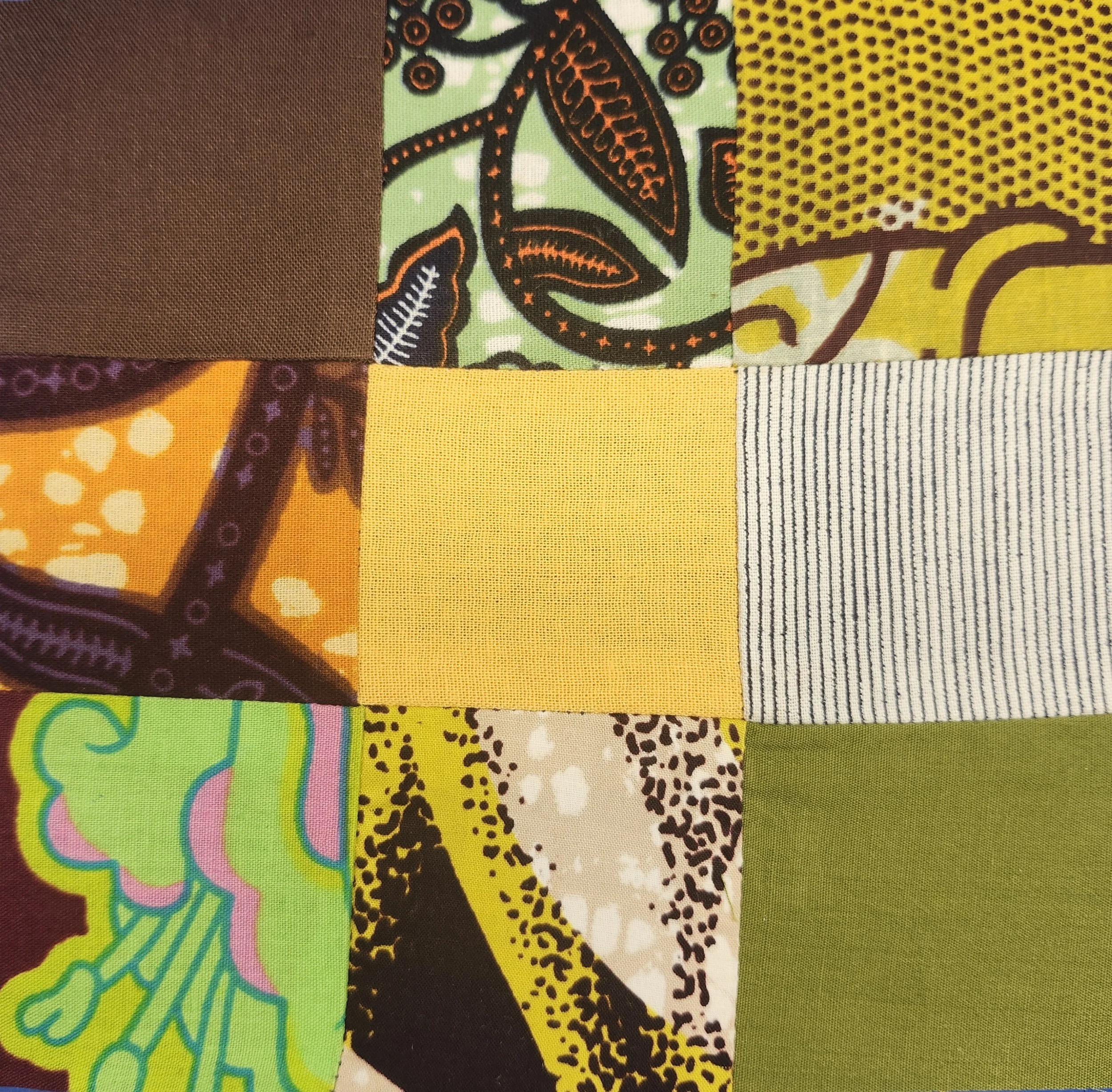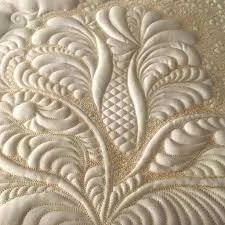
SHOP - CARRY-ALLS / THE BOUTIQUE / WALL ART
Learning Moments - Quilting 101
What is quilting?
Quilting is sewing layers of fabric together creating a soft, warm, and beautiful piece — most often a quilt.
Imagine a sandwich:
The top is made from fabric pieces sewn into patterns.
The middle is the fluffy part (called batting).
The back is one solid piece or several pieces of fabric.
All three are stitched together either by hand or sewing machine creating lines or designs (the quilting), which keeps everything in place and adds decoration. It’s most commonly used to make quilts (quilted blankets), but can also be used in clothing, accessories, and home décor. The technique of quilting is a functional form of artistic expression. Many cultures and ethnic groups have a rich history of creating quilts for functionality and decorative purposes.
Key Parts of Quilting - a quilted piece is composed of three layers:
The 1st layer is the TOP, which is fabric pieces sewn together to create a design.
The 2nd layer is BATTING and serves as the filling of a quilted item to add warmth and/or weight. Batting is manufactured from cotton, polyester or wool, and sometimes bamboo fibers. The weight and thickness of batting is measured by it's loft, which is the thickness or fluffiness of the batting material.
The 3rd portion is the BACK comprised of one piece or several pieces of fabric sewn to create a design. For a blanket, it is generally considered the ‘bottom’. If quilted wall art or a decorative piece for the home (i.e., table runner, place mats) the ‘back’ is designed and sewn creating an artistic piece in most cases. For quilted clothing and purses/totes, the 3rd layer is the lining.
Quilted Stitching: The top stitches that hold the layers together. The stitches are often decorative designs.
Types of Quilting:
Hand Quilting: Stitching is done manually with a needle and thread.
Machine Quilting: A sewing machine is used to sew the layers together.
Longarm Quilting: A specialized machine is used to quilt large pieces quickly with intricate designs.
Common Techniques:
Patchwork: Sewing small pieces of fabric together to form a pattern.
Appliqué: Sewing fabric shapes onto a background fabric.
Trapunto: A technique that creates a raised surface by padding certain areas.
PATCHWORK
APPLIQUÉ
TRAPUNTO







